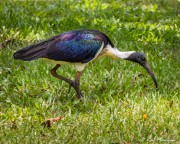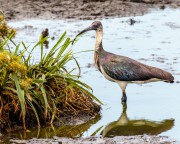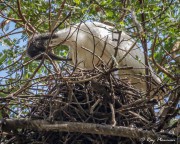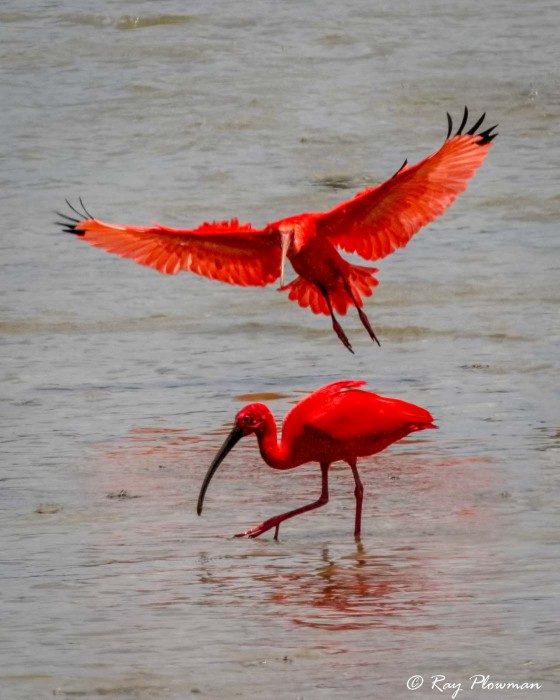Ibises and Spoonbills
Displayed in the first gallery are Ibises and spoonbills that belong to the Threskiornithidae family, see Taxonomy note at page end. The second gallery is showing some preening, feeding, foraging, hunting, flying, roosting, and other behaviours in fresh and saltwater habitats.
Ibises and Spoonbills
Ibis and Spoonbill Notes
All featured species are ‘Red List 2019’ assessed as ‘Least Concern’. These are large birds that exhibit size dimorphism; males are larger than females. The Yellow-billed Spoonbill is an Australian endemic.
Ibis and Spoonbill Behaviour



Ibis and Spoonbill Behaviour Notes
The gallery features some behaviours of four ibises and one spoonbill.
Australian White Ibis is widespread in Australia occupying swamp, grassland, urban park and garden habitats. The featured birds were in Sydney’s Royal Botanic Garden and Townsville (Palmetum) Botanic Garden. Straw-necked and Glossy Ibis, also widespread in Australia, I photographed them in several the Northern Territory locations.
Royal Spoonbills are Australasian residents. I photographed them in several places in New Zealand’s South Island. They catch prey using several methods; the most distinctive is when the bird makes slow side to side movements with the open bill. Inside the spoon, papillae detect vibrations that prey makes then the birds scoop up these aquatic creatures by lifting the beak and swallowing.
Scarlet Ibis photographed at the Orange Valley mudflats in Trinidad. And flying to Trinidad’s Caroni Swamp to roost. The species occur in the north-west part of South America, and it’s a non-breeding visitor to Trinidad. The species often gather in large flocks in wetlands, marsh, swamps, and mudflats habitat.
Ibis and Spoonbill Taxonomy
The Core Waterbirds Webpage describes the higher-level taxonomy for Threskiornithidae (Ibises and Spoonbills), in Plataleiformes order, part of the Aequornithes (Core Waterbirds) clade
















